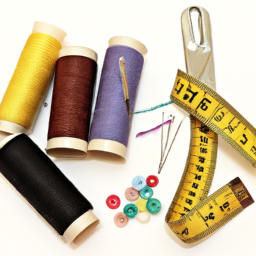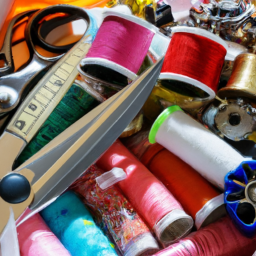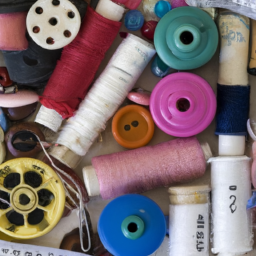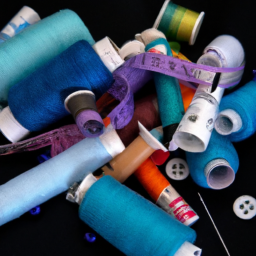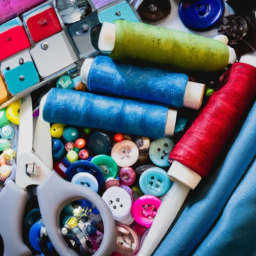
fabric-washing.jpg” alt=”Fabric washing” />
When it comes to sewing, one of the common dilemmas that people face is whether or not to wash the fabric before starting their project. While it may seem like an extra step, washing fabric before sewing can have several benefits and is often recommended by experienced sewers.
The Importance of Washing Fabric
Washing fabric helps eliminate any chemicals, dirt, or oils that might be present in the fabric. Many fabrics undergo various treatments during manufacturing, such as adding finishing agents or applying sizing to give them a crisp appearance. These chemicals, along with dust and debris, can affect the fabric’s performance, color, and texture.
Washing fabric removes these unwanted substances, ensuring that the fabric is clean, softer, and ready for use. Additionally, pre-washing can help prevent any potential shrinking or color bleeding that could occur after sewing the garment.
Preventing Unpleasant Surprises
Imagine spending hours meticulously cutting and sewing a beautiful garment, only to have it shrink or distort after the first wash. Washing fabric before sewing helps prevent such unpleasant surprises. Some fabrics, especially natural fibers like cotton or linen, have a tendency to shrink when exposed to water and heat.
Pre-washing the fabric mimics the conditions it will experience during regular laundering, shrinking or distorting the fabric fibers prior to sewing. After pre-washing, any potential shrinkage or distortion is eliminated, ensuring that your finished project will maintain its shape even after numerous washes.
Achieving Better Results
Washing fabric before sewing also allows you to better gauge and control the fabric’s characteristics. Some fabrics can change in texture or thickness after washing, which might impact how they drape or behave in your project.
By pre-washing, you can observe and make any necessary adjustments to your project’s pattern or cutting layout based on the fabric’s post-wash characteristics. This helps ensure that the final result turns out as intended, and you avoid any unpleasant surprises during the sewing process.

Exceptions to the Rule
While washing fabric before sewing is generally recommended, there may be exceptions depending on the type of project or specific fabric. For instance, some fabrics, such as delicate silks or fabrics with embellishments, may require dry cleaning instead of washing. Always check the fabric manufacturer’s guidelines to determine the recommended cleaning method.
Additionally, if you plan to combine fabrics with different care requirements in a single project, it’s advisable to pre-wash them separately to avoid any uneven shrinkage or color bleeding issues.
The Bottom Line
In conclusion, washing fabric before sewing is a crucial step that brings numerous benefits. It ensures that your fabric is clean, softer, and ready to use, while also preventing any unexpected shrinking or distortion after the first wash. Moreover, pre-washing allows you to better understand and control the fabric’s characteristics, leading to better results in your sewing projects. So, next time you embark on a sewing endeavor, consider investing a little time in pre-washing your fabric – the end results will be worth it!
